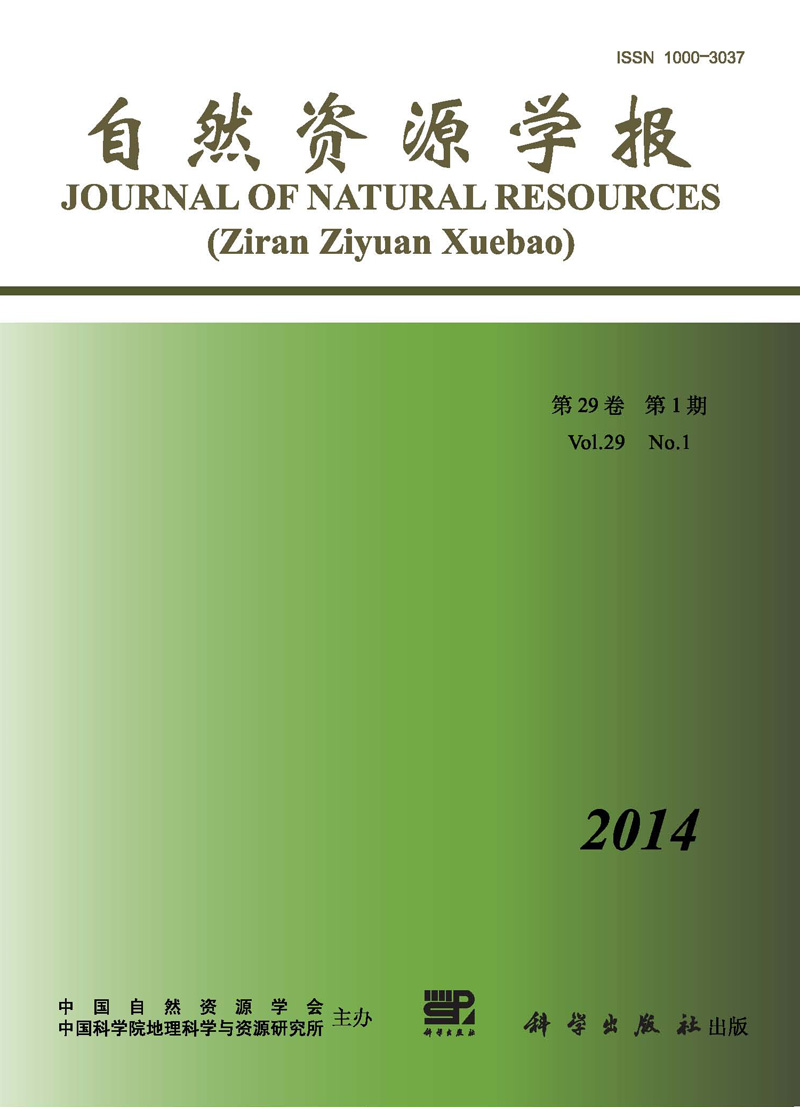
With the increasing serious water pollution problems, "water pollution source control" as a most effective approach is needed indeed. Based on the existing research, most methods focus on water body governance and treatment, and seldom integratively consider the water body with regional land use conditions which are actually related to the capability of the water pollutants retention and discharge. This paper aimed to discuss how to integrate water pollution with land use, and find land use regulation zoning method for controlling the water pollution.
We take Wuxi City as an example for its typical water pollution issues within Taihu watershed, and five steps were taken to fulfill the land use regulation zoning. 1) Employed objective function-entropy method to fairly allocate the total water pollutants for controlling (the allowable discharge amount) in each administration unit—town, and the factors of population, economic, land area and distance of the evaluation unit to the Taihu Lake boundary were involved in this method. 2) Analyzed the effect of land use types on water pollution based on existing research results (the actual discharge amount), and then identified the pollution controlling task amount (the actual discharge amount minus the allowable discharge amount) for each evaluation unit. 3) Evaluated the purification functions of each land cover type based on available literatures. 4) Utilized buffer zone method to classify the sensitivity of pollutants drainage location. 5) Established three-dimensional quadrant analysis method considering the pollution controlling task amount, water purification function and the sensitivity locations, and prioritized the different regulation zones for water pollution control. The results showed that, according to the water pollution regimes, six zones can be classified for different land use regulation policies in the study area. And the limitation pollutants is phosphorus, the central-north of Wuxi and north of Yixing should be regulated strictly in the future.